Year 5 Learning from Home Week 2 Term 3
Week beginning - Monday 27 July 2020
We have some exciting lessons planned for our second week of Learning from Home in Term Three!
We will begin investigating early Australian history, conduct an experiment with liquids and look at persuasive writing techniques.
Don’t forget that you can come to the Webex Check-in sessions if you have any questions or need help on any task.
See below a sample timetable you may like to use to guide your week's learning. Please feel free to create your own or adapt this one to suit your needs and days. Please remember your Webex sessions as well!
|
Monday |
Tuesday |
Wednesday |
Thursday |
Friday |
|
|
Session 1 |
Independent Reading - thinking tracks and reading log |
Independent Reading - thinking tracks and reading log |
Independent Reading - thinking tracks and reading log |
Independent Reading - thinking tracks and reading log |
Independent Reading - thinking tracks and reading log |
|
Session 2 |
Reading |
Writing and Spelling |
Reading |
Writing |
Reading |
|
Break |
|
||||
|
Session 3 |
Writing |
Wellbeing and Science |
Writing |
Spelling |
Daily Maths fluency and Inquiry |
|
Break |
|
||||
|
Session 4 |
Maths – including fluency task |
Maths – including fluency task |
Maths – including fluency task |
Maths – including fluency task |
Catch up tasks |
|
Specialist |
Music |
Art P.E. |
Spanish P.E. |
Library P.E. |
Free choice P.E. |
Webex Schedule
Below is a list of what we plan to do in our Webex Essential sessions:
Monday: Review Learning from Home plan.
Tuesday: Reading ‘Questioning Before Reading’ and Reading ‘Questioning During and After Reading’ tasks. Share the questions you had about a book before you started reading it. Participate in group discussion of ‘during’ and ‘after’ questions about a shared text.
Wednesday: Inquiry ‘Australian History’ Colonisation task - share what you have learned and questioned this week and add to your group timeline.
Thursday: Maths ‘Addition’ task - we will discuss and practise different addition strategies.
Friday: Self-Reflection ‘Goal Setting’ and choice tasks - share your Webex goal and a favourite piece of work.
Wellbeing
Resilience, Rights and Respectful Relationships ‘Stress’
MANAGING STRESS - STRESSORS:
Learning Intention:
To identify the situations that can cause stress and think of strategies to manage them.
Task:
How would you define ‘Stress’? Ask a parent or family member what it means to them.
In your workbook, write down a definition of stress.
Next, choose one of the following locations, and list five scenarios that could cause stress in that place.
playground sports ground neighbourhood home school
Choose one of your scenarios and describe a way to manage the stress that situation would cause, then list three people you could talk to about it. The resource below shows some coping skills you could use, but you may also have your own.
(30 minutes)

Reading
**Remember to do your hour of independent reading over the week!
QUESTIONING BEFORE READING:
Learning Intention:
To ask questions about a book before reading to tune my brain in to finding the answers.
Reading is more meaningful when we read for a purpose. We pay more attention to the words when there is a reason to be reading in the first place. You might read out of interest, because you need information for a project, or to find out how to do something.
Asking questions before we read is a great way to give our reading purpose. It sparks our curiosity, and makes us pay closer attention to see if we can find an answer.
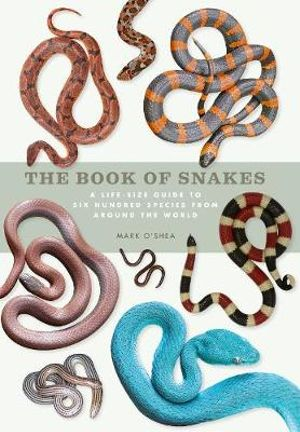
E.g. When I look at this cover before reading the text inside, some questions I might ask are:
Do snakes really come in such bright colours?
Who is Mark O’Shea, and how does he know so much about snakes?
Would those big snakes eat the smaller snakes?
Task:
Choose a book you have not started reading yet. Look at the cover, think about the topic, and read the blurb on the back.
Create at least 5 questions about the text. The questions will be different if the book is fiction or non-fiction.
You will share these questions with your class in Webex Essential on Tuesday.
Success Criteria:
- I can ask questions based on the cover, topic and blurb of a Just Right book.
- I can ask questions that are suited to whether the book is fiction or non-fiction.
(40 minutes)
QUESTIONING DURING AND AFTER READING:
(This will take place on Tuesday morning’s Webex Essential lesson)
Learning Intention:
To ask questions about a book during and after reading to check my understanding.
While we read, we can gauge our understanding by asking questions about the text.
If it’s a narrative, I could ask questions about the characters' thoughts and actions, the details the author has included, and word choices the author has made.
If it is non-fiction, I could ask questions such as - How can I use the information I am learning? How does the author know these facts? Is the information I am reading up to date?
Once you have completed a book, you can ask questions that will add to your understanding or enjoyment of it.
Sometimes your questions may require you to reread the text for clarification.
Sometimes your questions can not not be answered by the book itself, but by further reading or investigation.
Task:
Together we will watch the video, ‘Beth - The Story of a Child Convict’. After we finish watching, we will formulate questions related to the text.
This lesson will take place in Tuesday’s Webex Essential.
Success Criteria:
- I can ask questions based on the content of a book and my thoughts after reading.
- I can ask questions that are suited to whether the book is fiction or non-fiction.
OPEN VERSUS CLOSED QUESTIONS:
Learning Intention: To recognise the difference between open and closed questions.
Some questions are easy to answer, they only need a yes, or a no response, or something specific like ‘42’.
These are closed questions because the possibility for answers is closed off.
Examples:
What is your name? Jerry.
What time is it? 3:45pm.
Some questions need to be answered with further thought and using longer sentences.
These are open questions because the response is open to difference and interpretation.
Examples:
Why is vanilla ice-cream better than chocolate ice-cream?
How do you feel about getting a puppy?
Open questions are important, because to answer them, you must show your THINKING (reading is thinking!) and justify the answer. Making a question open rather than closed can be trickier than you think.
Task:
For a Just Right book you are reading, write 5 closed questions (can be answered easily and quickly) and 5 open questions (the answers need explaining).
(40 minutes)
READING - INQUIRY RESEARCH:
Learning Intention:
To establish an understanding of the early years of European settlement in Australia.
Task:
Refer to this week’s Inquiry lesson below. There are many videos and texts that may take some time to get through, so use some of your reading lesson time to complete the task.
(40 minutes)
Writing
HIGH MODAL LANGUAGE:
Learning Intention:
To use high modal language to be assertive and persuasive.
High modal language refers to words and phrases that express confidence in a statement.
‘Cake might possibly have some sugar in it.’ This sentence is low modality, the speaker is leaving room for doubt.
‘Cake is packed full of unnecessary sugar and unhealthy preservatives!’ This sentence is high modality; as the speaker is very certain of their statement and making it more convincing to a reader.
Below is a chart showing examples of terms that have low, medium and high modality.

Can you think of more examples of high modal words?
Task:
Read the low modality passage below and then rewrite it to be high modality and more convincing.
‘It’s possible that you might fall off your bike at some point. If that did happen, there’s a slight chance you could hit your head on something, like maybe the footpath or perhaps a rock. Sometimes knocking your head on things can be bad, you might get hurt, and if the fall was bad enough you could get injured. A brain injury would be the worst possible thing that might happen, would be a shame, as that can lead to other problems such as loss of movement, speech or mental functions. So it might be best if we all just wear helmets if we go for a ride on our bikes every so often, don’t you agree?’
Now choose a topic you are passionate about and write a high modal paragraph on that topic.
(40 minutes)
EXAMINING AN ADVERTISEMENT:
Learning Intention:
To examine advertisements and list the persuasive strategies used.
Advertisements are examples of highly persuasive writing. They have a clear goal - usually to sell something or convince - and will use any strategy to achieve it. Ads will use strategies such as exaggeration, celebrity endorsements, catchy slogans, jingles, strong visuals with bright colours and high modal language.
Task:
Using your ClickView password, log in to ClickView
Once you are logged in, follow this link ‘Literary Devices in Ads’.
Have you ever noticed ads using the strategies mentioned in this video?
This week you will create your own advertisement, but before you do that, you will look at some advertisements and examine the strategies they use.
For each advertisement below, write three techniques or strategies they use to engage the viewer.
Which strategies will you use for your advertisement?
(40 minutes)


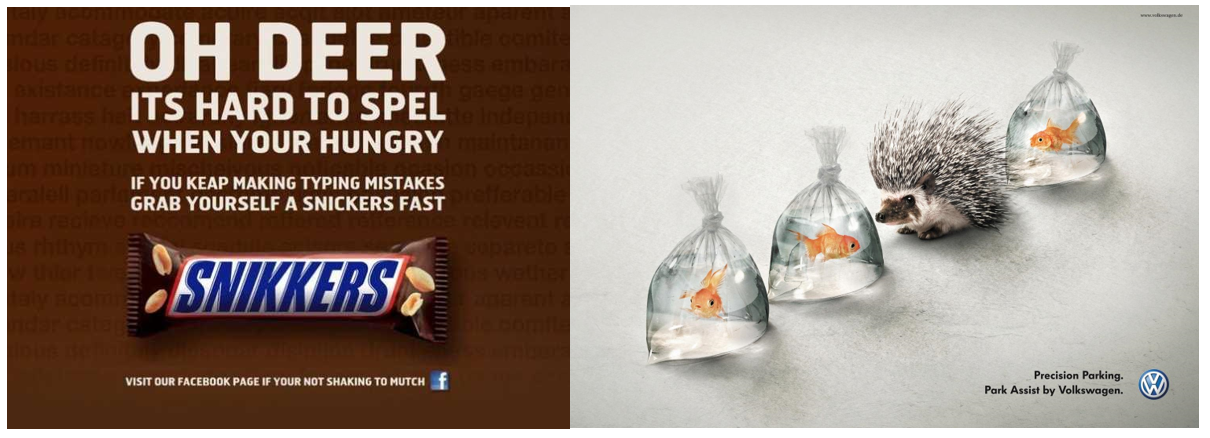
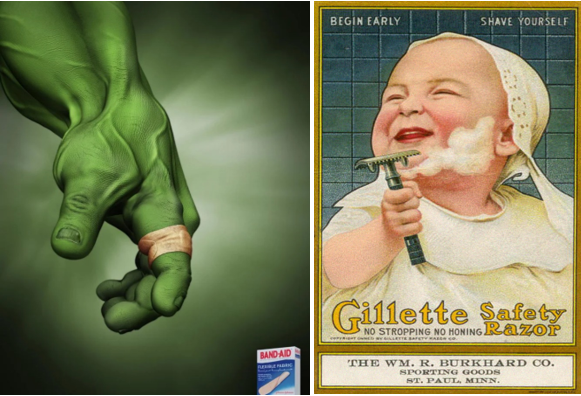

CREATE AN ADVERTISEMENT:
Learning Intention:
To create a persuasive advertisement.
Task:
You will create an advertisement for one of the following - a favourite toy, Laburnum Primary School, or your choice of product (such as one of those examined in the previous lesson).
Think about your audience: Who are they? What do they care about? What will grab their attention?
Plan and create a print advertisement for your chosen topic, that might appear on a billboard or in a magazine. Look back at the previous lessons to review the strategies you could use to grab your audience’s attention, such as high modality.
Remember, you are trying to PERSUADE someone to buy or use your product!
(40 minutes)
FREE WRITING OR FINISH ADVERTISEMENT:
Learning Intention:
To express yourself with free choice writing.
Task:
Use this session to finish your persuasive advertisement.
If your advertisement is finished, complete a piece of free-choice writing.
Choose a text type and complete a piece of free choice writing.
You could write a narrative, information report, comic, poem or a song! Try a different type of writing this week.
Spend 5 minutes planning before you begin and make at least 3 improvements when editing.
(40 minutes)
Spelling
‘Y’ word plurals:
Learning Intention:
To use the correct spelling rule to pluralise words ending in ‘y’.
Many words end in y, but they don’t all pluralise the same way (pluralise means to make a word refer to more than one of something - e.g. one bag, two bags).
If a word ends in just a consonant and y, we must replace the y with -ies.
Example: city - cities lolly - lollies comedy - comedies guaranty - guaranties
If a word ends in -ey, we add an s.
Example: donkey - donkeys valley - valleys chimney - chimneys
Task:
List 10 words that end in a consonant and y, and 10 words that end in -ey. Pluralise each of them.
Challenge:
How many four syllable words ending in y can you think of or find?
Or edit the spelling from the Snickers ad in the ‘Examining an Advertisement’ writing lesson.
(30 minutes)
Maths
FLUENCY
For fluency this term, we will be practising some of our mental addition strategies.
These are important as they help us to be successful when working on longer addition problems.
This week, write out all the pairs to tens (e.g. 4+6=10).
Next, write out five examples of pairs to hundreds, and five examples of pairs to thousands.
For example 23+77=100 or 345+655=1000
EXPANDING NUMBERS:
Learning Intention:
To use the expanding number strategy using large numbers.
Expanding numbers means to split the digits so that each place value is its own number. This shows each numeral’s value.
Example: 524 = 500 + 20 + 4
It is important to master this skill as it is used often in many areas of Mathematics.
Task:
Expand the following numbers below. What will you do when there is a zero?
561 890 1298 1003 4,901 23,456 12.5
Palindromic numbers are numbers that read the same way backwards and forwards, such as 1881.
If you read it backwards it says the same number! Another example is 45654.
Create a 3, 4, 5 and 6 digit palindromic number, and then expand each of them.
Challenge:
Using the sample template below, you could make an expanding number accordion that demonstrates the place value of the digits within a number.
(40 minutes)

Place a number as the first digit for each number. Fold it so that the numbers line up to create your number. Add paper to extend the number into the tens of thousands and beyond?
REGROUPING:
Learning Intention:
To expand and regroup numbers in multiple ways.
Task:
If we take the number 31, we can expand it by place value: 3 hundreds + 1 ten + 7 ones = 317
There are also other ways to split the number, by regrouping amounts into different place values.
For example - 2 hundreds + 11 tens + 7 ones = 317 0 hundreds + 30 tens + 17 ones = 317
Mr Rodgers can find 10 ways to expand the number 317. Can you find more than him?
Now choose a three, four or five digit number.
Write the number as many different ways as possible by expanding it and regrouping.
(40 minutes)
ADDITION:
Learning Intention:
To add two digit numbers using the regrouping strategy.
Task:
Using your ClickView password, log in to ClickView
Once you are logged in, follow this link 'Addition with Regrouping' which shows you how to add two large numbers using regrouping.
Either print or copy out the equations below and complete using the regrouping strategy.
All questions need to be answered. If the answer to the joke doesn’t make sense you need to revise your work.
(40 minutes)
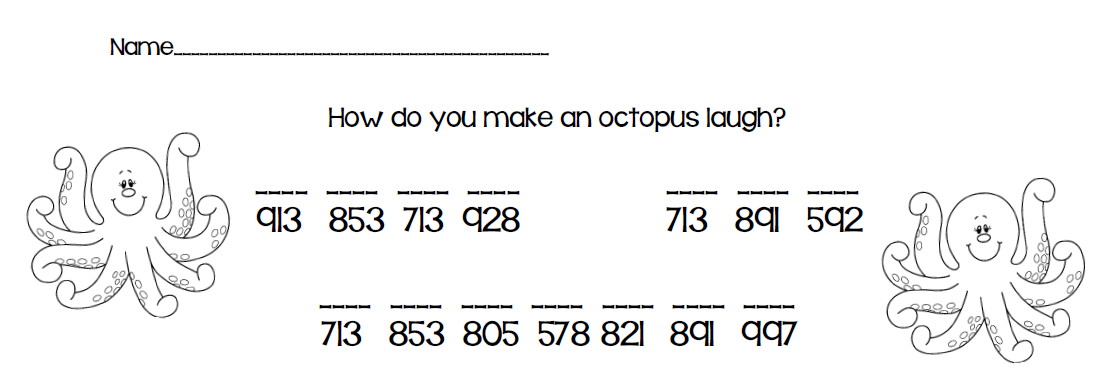
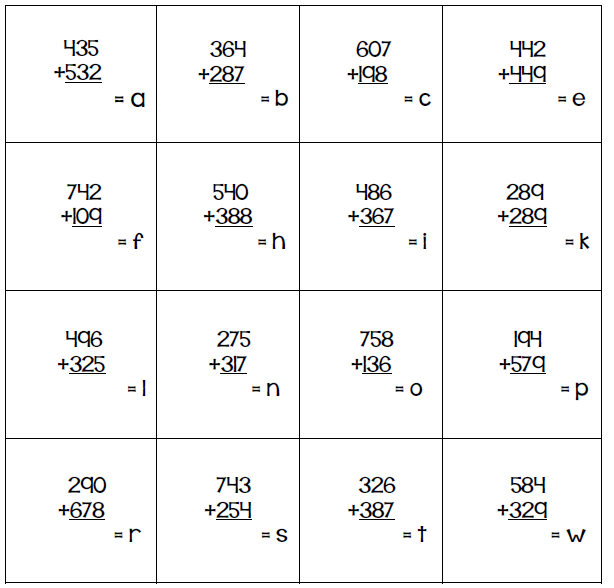
MY NUMERACY:
Learning Intention: To work on our personal mathematics goals through My Numeracy.
Task: Log onto Essential Assessment and complete your addition goals first.
If you have time you can work on other goals in My Numeracy or go onto Sunset Maths.
(40 minutes)
P.E./Movement breaks:
Learning Intentions:
We are learning to practise our skipping skills
We are learning to explore a range of skipping skills
We are learning to display resilience when we face challenges in skipping
Last week our focus was developing our skipping skills. Hopefully most of you have had some practise with some of the skills you learnt. This week we are going to continue practising so we get better each week. Remember to always find a safe space (inside/outside) to practise spinning the rope over your head and jumping over the
rope. If you don’t have a skipping rope, you can use a hula hoop, a spare rope or simply jump back and forth over a line on the ground. Once you are able to spin the rope over your head, practise forward and backward skipping.
Optional – Take a video or some pictures of you completing some of the skipping challenges and send them via Sentral to either Mr Marikar or Mrs Yue-Lamb.
CHALLENGE 1: Criss Cross

CHALLENGE 2: Single Side Swing and Jump
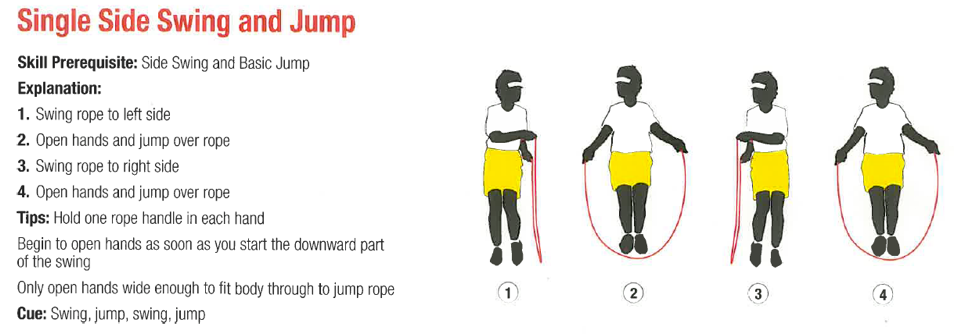
BONUS CHALLENGE: Double Under
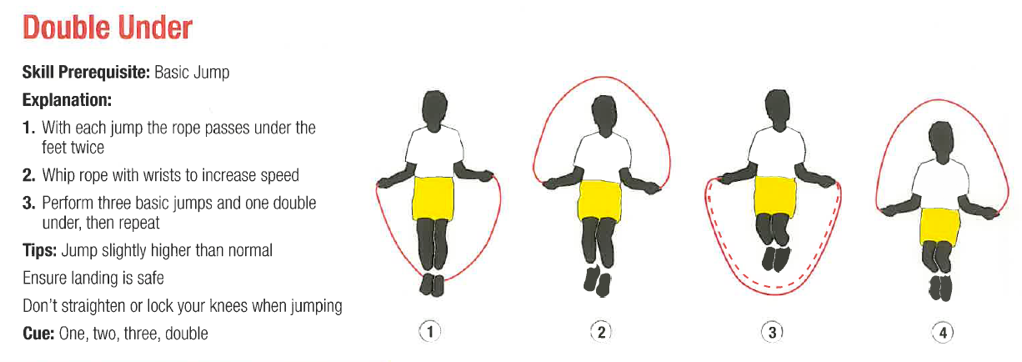
Inquiry
AUSTRALIAN HISTORY - COLONISATION:
Learning Intention: To investigate the main events and influential people in Australia between 1788 and 1850.
Task:
This week we are investigating the time period of 1788-1850. During this time European colonists arrived in Australia and established a series of settlements.
Linked to some of the key events you will find videos below as well as a timeline, please watch all of the videos and read about this interesting time. You may use some Reading lesson time for this.
Once you have read the resources, you will:
- Identify the three most significant events/people from this period (in my opinion).
- Write 10-15 questions/wonderings about 1788-1850’s in Australia.
You will share your timeline in the Webex Essential sessions on Wednesday.
1788-1850 Australian Colonial History Timeline
Impact of European Settlement on Indigenous Australians
How has the Australian Environment changed since Colonisation?
Success Criteria:
- I can identify the three most significant events/people from this period (in my opinion).
- I can write 10-15 questions/wonderings about 1788-1850’s in Australia.
(40 minutes)
Science - Chemical Science
CHEMICAL SCIENCE - SEE HOW THEY RUN:
Learning Intention:
To conduct an experiment to examine the qualities of different liquids
You are going to conduct an experiment about liquids. Some liquids are thicker than others, which is described as viscosity. What effect does viscosity have on how fast a liquid will run?
You will conduct an experiment to compare water, vegetable oil, and honey. You will obtain the same amount of each liquid and then let them run, one at a time, down a ramp, or incline. As a challenge, you may choose to include other liquids to compare, but check with your parents first, as some liquids found in your home may stain or be dangerous.
Task:
In your workbook, answer the following questions before the experiment:
What are you going to investigate?
What do you predict will happen ?
Variables: (length and angle of inclined surface, amount of liquid)
As you complete the experiment, record your observations in a table.
(20 minutes)

Reflection: What have you found out about liquids and viscosity?
Self Reflection: Self reflecting is like looking into a mirror and describing what you see. It is a way of assessing yourself, your ways of working and how you study. To put it simply 'reflection' means to think about something.
TWO STARS AND ONE WISH: (15 minutes)
Learning Intention: We are learning to reflect on our work.
Task: Choose one or two areas of learning from this week’s lessons and write ‘Two Stars and a Wish’ to write a self reflection.
Example: Spelling Star - I used the correct spelling rule to pluralise words ending in -y and -ey
Star - I applied these spelling rules to my free writing piece whilst editing
Wish - I could challenge myself to find four syllable words ending in -y
Success Criteria:
- I can self-assess and reflect on my learning using Two Stars and a Wish.
- I can write two things I do well (stars) and one thing I want to improve on (wish).
Specialist Classes:
Click here for the other Specialist options.
Mindfulness:
Aditya A from 5R drew this picture for you to print out and colour in for when you need to relax with a mindfulness activity. Thanks Aditya! (Dr Dray says thank you as well; what a kind thought!)
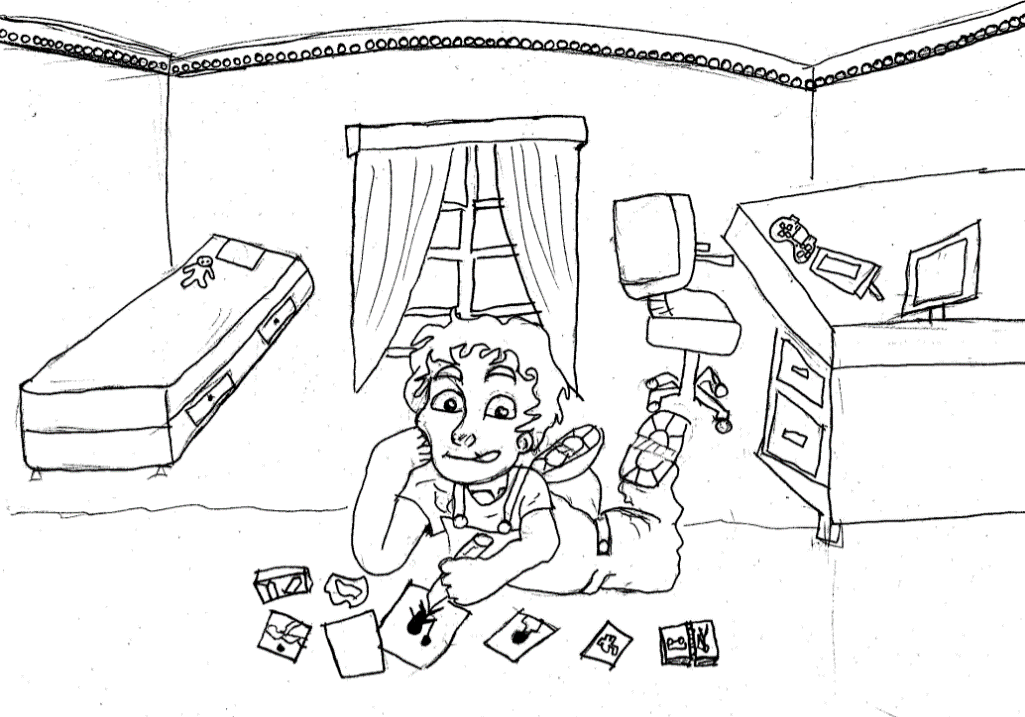
Answers for Week 2
MATHS - EXPANDING NUMBERS
561 = 500 + 60 + 1
890 = 800 + 90
1,298 = 1000 + 200 + 90 + 8
1,003 = 1000 + 3
4,901 = 4000 + 900 + 1
23,465 = 20000 + 3000 + 400 + 60 + 5
12.5 = 10 + 2 + 0.5
© Copyright Laburnum Primary School
